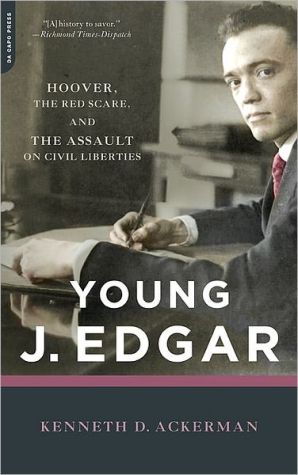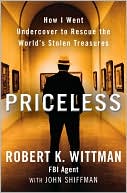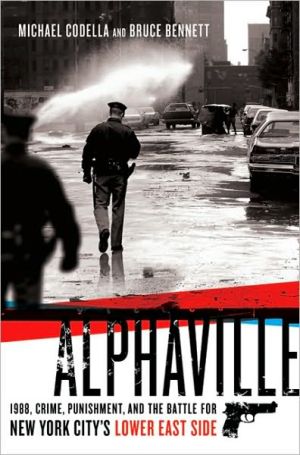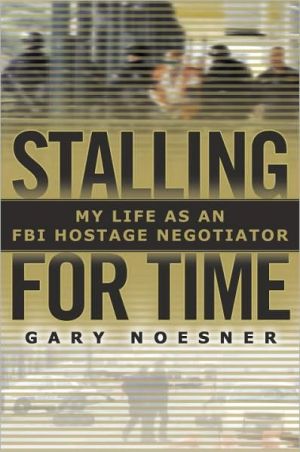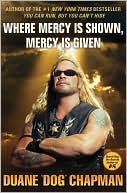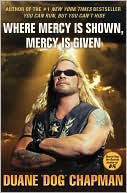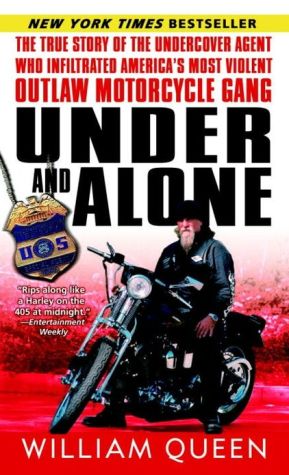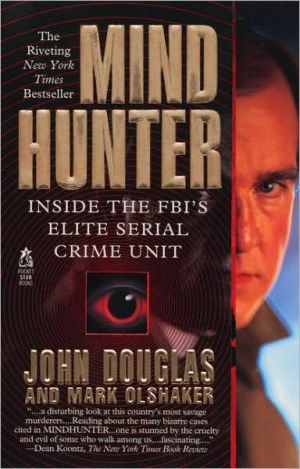Young J. Edgar: Hoover, the Red Scare, and the Assault on Civil Liberties
On June 2, 1919, bombs exploded simultaneously in nine American cities, and the nation suddenly found itself facing a new threat-radical terrorism. Then-Attorney General A. Mitchell Palmer vowed a crackdown to be led by his youngest assistant, J. Edgar Hoover. Under Palmer’s wing, Hoover helped execute a series of brutal nationwide raids-bursting into homes without warrants, arresting over ten thousand Americans-and assembled secret files on thousands of political enemies. Despite public...
Search in google:
In 1919, when J. Edgar Hoover was 24 years old, a New York City postal clerk discovered sixteen bombs wrapped in individual packages — America’s first instance of homegrown terrorism. Then-Attorney General Palmer vowed a crackdown and enlisted Hoover as his deputy. Amid the hysteria, details of abuses emerged, Palmer fell, and the rise of J. Edgar Hoover began.Hoover’s drive to gain immense power, as well as his coolness and calculation, is explored in Young J. Edgar.With the Palmer raid a as a lens through which to view the terror–hysteria of post-9/11 America, Young J. Edgar reaches the heart of our modern debate over personal freedom in a time of war and fear. Publishers Weekly Ackerman, a Washington lawyer (Boss Tweed), examines the "red scare" hysteria that swept the country in 1919. The linchpin in the government's actions was the notorious Palmer Raids, a series of raids and arrests ostensibly designed to rid the country of anarchists and Communists. Though many at the time believed J. Edgar Hoover played only a small role in the raids, in fact they were organized by Hoover, then only a 24-year-old Department of Justice agent who Ackerman describes as possessing an uncanny ability to please his superiors, a preternatural ability to attend to detail and a dangerously distorted moral compass. The mixture of Hoover and the other personalities prominent in the story—Clarence Darrow, Emma Goldman, Eugene Debs and Felix Frankfurter, to name a few—makes for a compelling story that features demagogues; terrorists; a gullible, xenophobic public; rogue law enforcement officials; and good guys, both in and out of government, who discredit the raids. Ackerman captures well the pathological character of the young Hoover and argues effectively that there is a cautionary tale in the corrosive effect of the denial of civil liberties and extralegal measures employed in the red scare raids. Illus. (June)Copyright 2007 Reed Business Information
Denials 1Bombs 9Bombs 11Edgar 37Edgar 39Bureaucrats 50Race Riots 60Radical Division 63Reds 71Strikes 82Partners 87The First Raid 93Thrombosis 95New York 102Emma 107The First Raid 113Centralia 124Criminal Court 128"Parlor Bolsheviks" 133Harvard 135Post 141Free Speech 147The Big Raid 153The Buford 155Demands 164Final Plans 170Chicago 176The Big Raid 180Chaos 187Chaos 189Lloyd 197Hearings 201Triumph 207Cheated 213Resistance 215Darrow 217Paterson 229Candidate 234Double Cross 236Boston 241Truss 250Plain Words 256Reaction 258Impeachment 263Communist Labor 270Gagged 277Salsedo 282Exposure 287Day in Court 289Payback 295Not Guilty 301Twelve Lawyers 306Palmer 312Verdicts 317Politics 319Verdict 329Empire 338Walsh 347Stone 356Survivor 364Fooled 372Legacy 383Notes 411Bibliography 453Acknowledgments 461Index 463
\ Publishers WeeklyAckerman, a Washington lawyer (Boss Tweed), examines the "red scare" hysteria that swept the country in 1919. The linchpin in the government's actions was the notorious Palmer Raids, a series of raids and arrests ostensibly designed to rid the country of anarchists and Communists. Though many at the time believed J. Edgar Hoover played only a small role in the raids, in fact they were organized by Hoover, then only a 24-year-old Department of Justice agent who Ackerman describes as possessing an uncanny ability to please his superiors, a preternatural ability to attend to detail and a dangerously distorted moral compass. The mixture of Hoover and the other personalities prominent in the story—Clarence Darrow, Emma Goldman, Eugene Debs and Felix Frankfurter, to name a few—makes for a compelling story that features demagogues; terrorists; a gullible, xenophobic public; rogue law enforcement officials; and good guys, both in and out of government, who discredit the raids. Ackerman captures well the pathological character of the young Hoover and argues effectively that there is a cautionary tale in the corrosive effect of the denial of civil liberties and extralegal measures employed in the red scare raids. Illus. (June)\ Copyright 2007 Reed Business Information\ \ \ \ \ Kirkus ReviewsLively account of the government's heavy-handed response to the Red Menace. In the unsettled wake of World War I, when fears of sabotage and espionage had already shaken the country, American communists instigated a series of protests, strikes, riots and bombings. Admirers of Warren Beatty's film Reds, which told this story from the radicals' point of view, will remember some of the major players: anarchists Emma Goldman and Alexander Berkman, journalist John Reed, Communist Party founder Louis Fraina. Lawyer/author Ackerman (Boss Tweed, 2005, etc.) recounts the maneuvers of various government officials on the opposite side. His fast-paced narrative opens with the 1919 firebombing of Attorney General A. Mitchell Palmer's private residence, an event that spurred Palmer to create within the Justice Department's fledgling Bureau of Investigation a Radical Division headed by 24-year-old J. Edgar Hoover. Using techniques developed as a cataloguer for the Library of Congress, Hoover created a vast index-card system identifying and linking troublemakers. Relying on this information, Palmer rounded up thousands of aliens and citizens, intending to deport the first and prosecute the second. The only "crime" of the vast majority caught up in this dragnet was their affiliation with unpopular political opinion. At first cheered by Congress and the public, the Palmer Raids gradually acquired a bad odor, thanks to abuses revealed by Clarence Darrow, Felix Frankfurter, Oliver Wendell Holmes and especially Labor Department assistant secretary Louis Post. His presidential hopes dashed, Palmer retired, but Hoover was just far enough down the food chain to disclaim any significant role in thecivil-liberties abuses. He survived to be named director of what would become the FBI during the Coolidge administration. From that perch, this indefatigable record-keeper would bedevil nine more presidents, becoming the most feared and powerful bureaucrat in the federal government. A slice of history with an always relevant underlying subject: how a democratic government balances civil liberties against the need for public safety.\ \
